Calculating a Grocery Budget Using Priorities
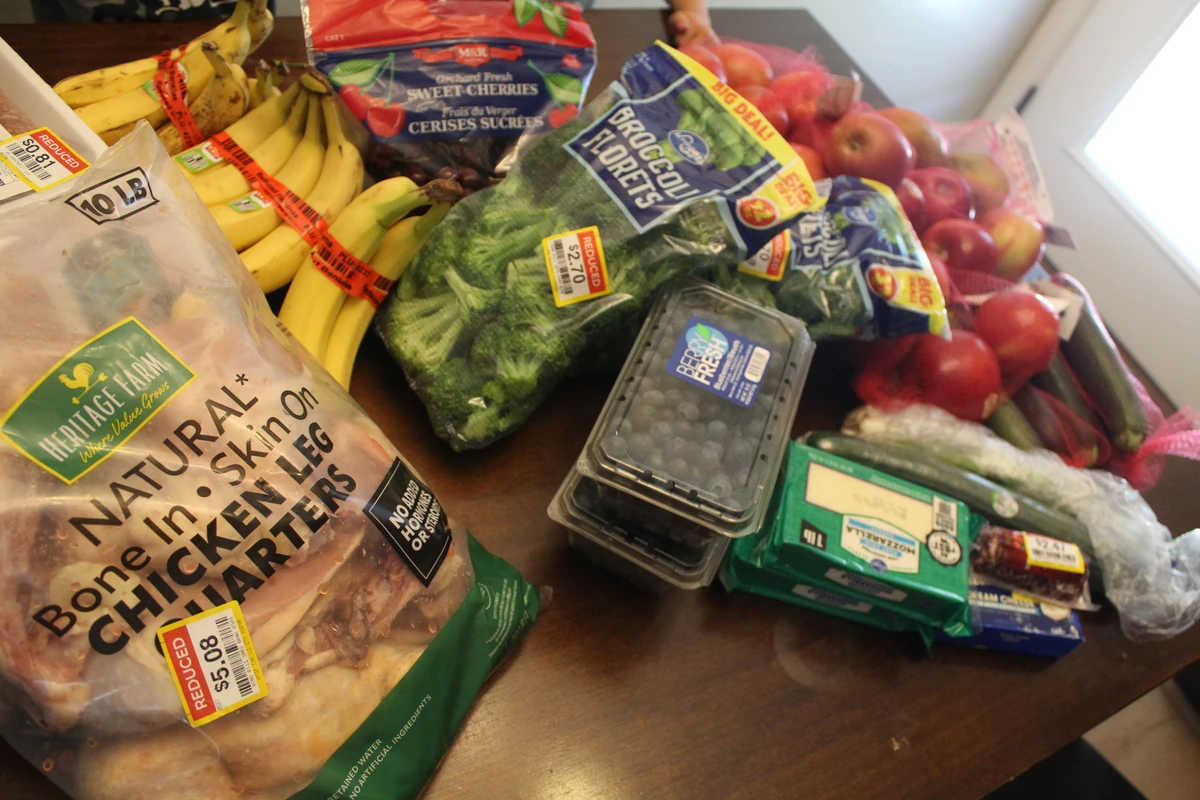
By recognizing your priorities before calculating a grocery budget you can learn to shop in a way that both fills your needs and finds good deals to keep your grocery budget down.
Before I tell you how I keep my grocery bill down I want to mention that I know that some, most, or maybe even all of the tactics I use to keep my budget low may not work for you, your family, your location, or your lifestyle. My budget for my family of 4 is between $400 and $500 a month. I have talked to some friends whose budgets are nearly double that for a similarly sized family. My mother on the other hand has a budget nearly half the size of mine and until recently she still had 2 teenage boys living at home.
Recognizing Grocery Budget Priorities
Whether you realize it or not, one of the biggest factors that play into your grocery bills is what your priorities are when going shopping. What you prioritize drives the little choices you make and leads to the things you pay for and bring home. For my mother, her priority has always to been to pay the lowest price possible. Sometimes this means she has to go to multiple stores for the best markdowns. Other times it means going without a particular food item until it can be found at what she deems an “acceptable price”.
For many of my friends I think that having a set list of items is a priority. They might enjoy the convenience of going to one store to get everything on that list. Their list might include consistent and convenient snacks for their kids. Making a list and sticking to it can limit us from bringing home things we don’t need. But it also puts us at the mercy of whatever the price is at the store that week because you feel you need the Items on the list regardless of the current price.
Having a very specific list can be nice. Especially if you follow a meal plan or like having your go-to snacks stocked. It is important to remember though, that convenience comes with a price. It is for each of us to decide our priorities. The budget we set will have to fit the price we feel our desired groceries are worth.
My Priorities
My priorities are mainly to use as many whole foods as possible. I also try to cook most if not all of my breads and baked goods from scratch. I love being resourceful in my cooking, finding ways to use marked-down produce so that my budget can stretch further and less food from the store goes to waste. Because of this I prioritize going to stores that I know mark down their produce. I also occasionally make trips to stores with better prices on bulk foods, and more unique from scratch ingredients.
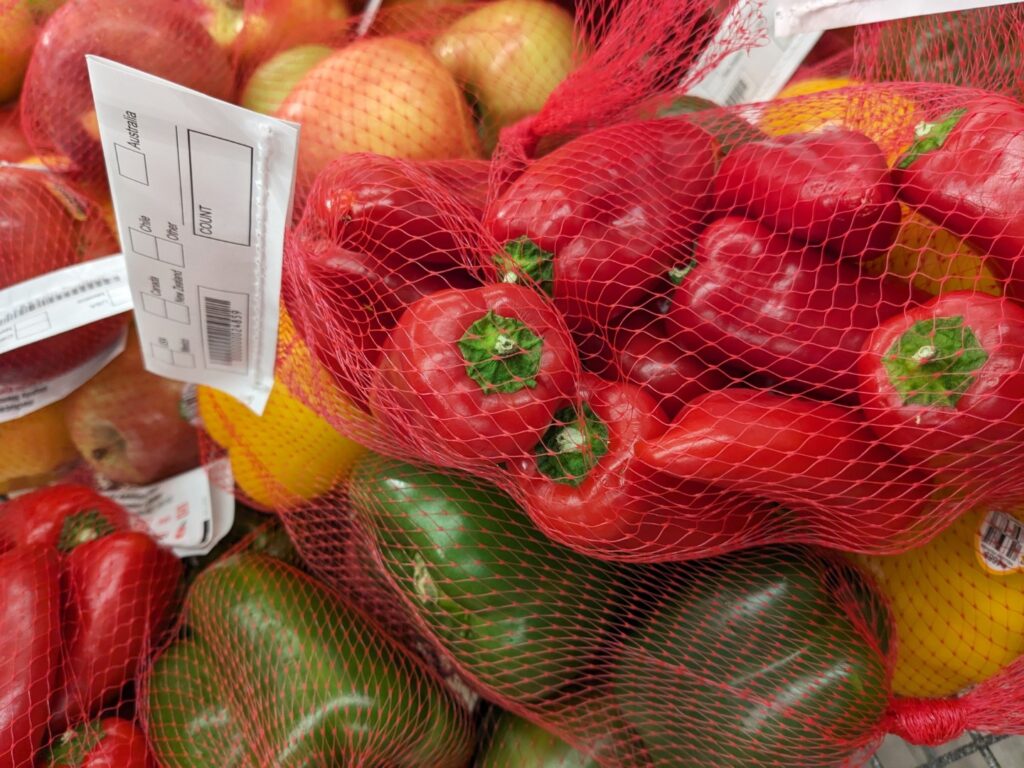
How to Calculate a Grocery Budget with Priorities
In order to become more familiar with your priorities when grocery shopping, ask yourself the following questions:
- What stores do you have available to you, and which do you want to take the time to shop at?
- How many grocery trips do you want to take each week?
- Is the nutrition of food a priority to you? What does nutritious food look like?
- Do you like having convenience foods or snack items on hand, and what are these items?
- Do you care about the quality of the foods you purchase? (brand, nutrition, etc.)
- What does your meal planning look like? How could you be more flexible with it?
Using the answers to these questions, you can make your grocery budget more realistic by being aware of your identified priorities and finding out what you are willing to adjust. Recognize how your priorities affect your budget. In order to be more frugal you may need to rethink your priorities. You might look at your grocery list or receipts and realize that most of your budget is going into snacks items or name brand food.
You might also need to try a few grocery stores and find out which ones have the best prices or sales. I know that the prices at my closest grocery store tend to be significantly higher than if I drive 10 minutes into town. So it is worth the drive once a week. I also have other grocery stores that I shop at monthly or bi-monthly where I know I can get bulk food items at a cheaper price.
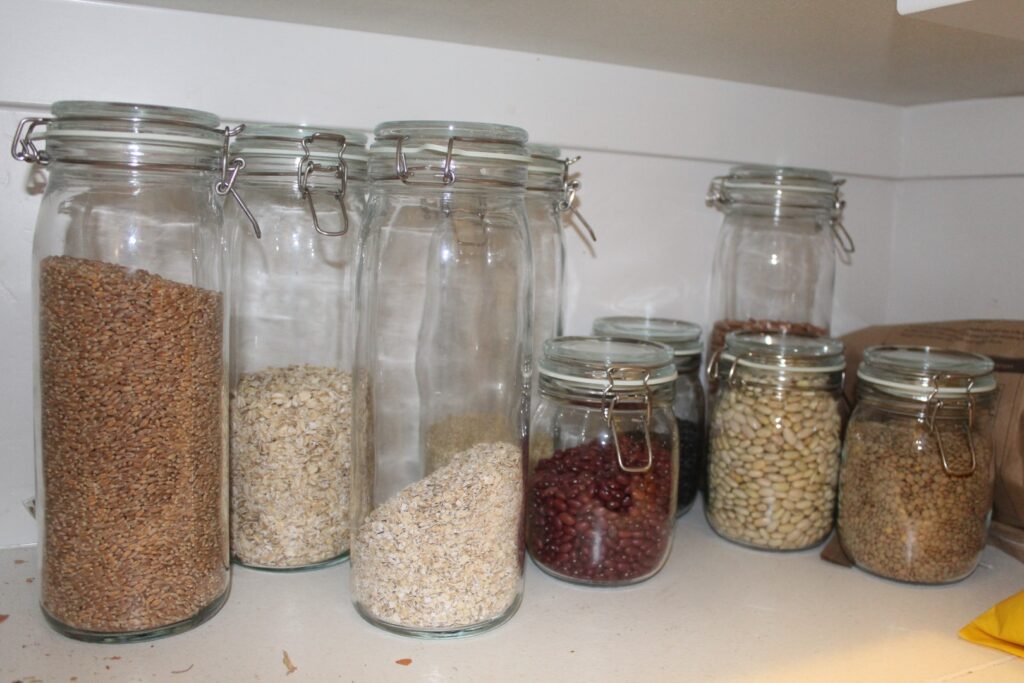
Making changes
If you have discovered that you have staple snacks or ingredients that you feel you need to keep on hand, take the time to compare prices at different stores. Taking it one step further by looking for sales on these items and start to take note of how often these sales happen. Also note how much your family goes through in a given amount of time. This way the next time you see a sale you can buy enough to make it until the next time it goes on sale and save the money in between.
When you meal plan do you look at the weeks advertisements and plan according to what is on sale? If not it might be time to start. On top of watching ads, It can be a useful skill to think on your toes in the grocery store if you see an unexpected sale on produce. You may need to change your meal plans, or like me go in with little to no meal plan and figure out how you will use the produce later.
Once you have become familiar with your priorities it is now your chance to address them. Figure out ways you are willing to change in order to lower your budget, without sacrificing the things that are most important to you.
Steps for Grocery Shopping on a Budget
- Become familiar with sales at the stores you shop at.
- Know the usual and sale prices for your staple groceries.
- Learn how long will it take you to use certain grocery items.
Once you have answered the question of where your priorities lie, it is time to figure out the most budget friendly choices within those parameters. You have decided which stores you want to take the time to shop at, and how often you are willing to go shopping. Begin check these stores’ advertisements weekly to make sure you are familiar with their sales. Note that not all sales will be posted in the ads, but they are often the best place to start. After months of doing this you can become familiar with trends, such as case lot sales and seasonal sales on produce.
Whether your groceries consist mostly of pre-made snacks or ingredient items. The prices on these items are the ones you should be checking in advertisements every week. You should become most aware of the prices of things that are staples in your household. It might be tempting to buy something that you see that is not a staple for you just because it is on sale for a really good price. Make sure that when you do this you are not buying excess or things you will not end up using. Also avoid buying things you would be perfectly happy without, even if they are on sale.
If you do buy too much of something, whether it is on sale or not, you risk the chance of wasting both food and money. It might be good to keep track of how quickly you go through perishable foods. Take notes so that you can avoid waste.
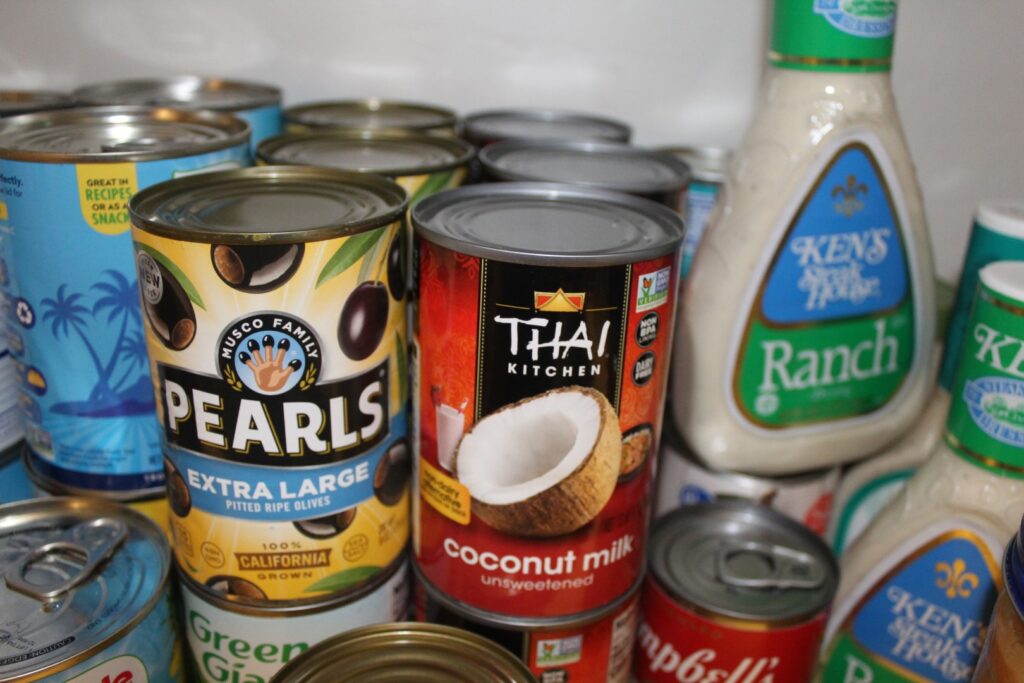
finding balance
I think it is important to have balance in your budget. To me this means being very aware of the price of the food and snacks that I purchase so that I can buy them at the best price, but accepting the fact that these prices might not be available for a time or might change with inflation. In these cases I am not willing to go without certain things for an extended period of time.
It is important to recognize what things, inside your control, may be leading to a more expensive grocery trip. While accepting the things that are outside your control.
Things to Avoid to Stay in a Budget
- Grocery pickup
- Complete meal planning before/sticking to a list while shopping
- Buying the same thing every week
These three tips are things I do to keep my grocery budget down. I often see people sharing these tips as ways to stay within a budget. When you put in an order for pick up you can see right there on the screen whether you went over your budget, and adjust what you buy accordingly. But when you order pick up it is a lot more difficult to compare prices. You may also miss out on sales that are only available in the stores.
When you create a meal plan and stick to a list, there is a lot less chance you will fill your cart with unnecessary or unplanned items. But if you are truly familiar with the staples you use in your kitchen, and are diligent to buy them only at the best price, it can lower your grocery bill over time to buy items when you find them on sale. Even if you don’t need them for the current week’s meal plan.
Buying the same thing every week may also seem like a good way to keep your budget consistent. But when you do this, your budget is put in the hands of the grocery store which sets the prices every week. If you instead stock up on the items you use regularly while they are on sale. You may be able to avoid paying full price at another time.
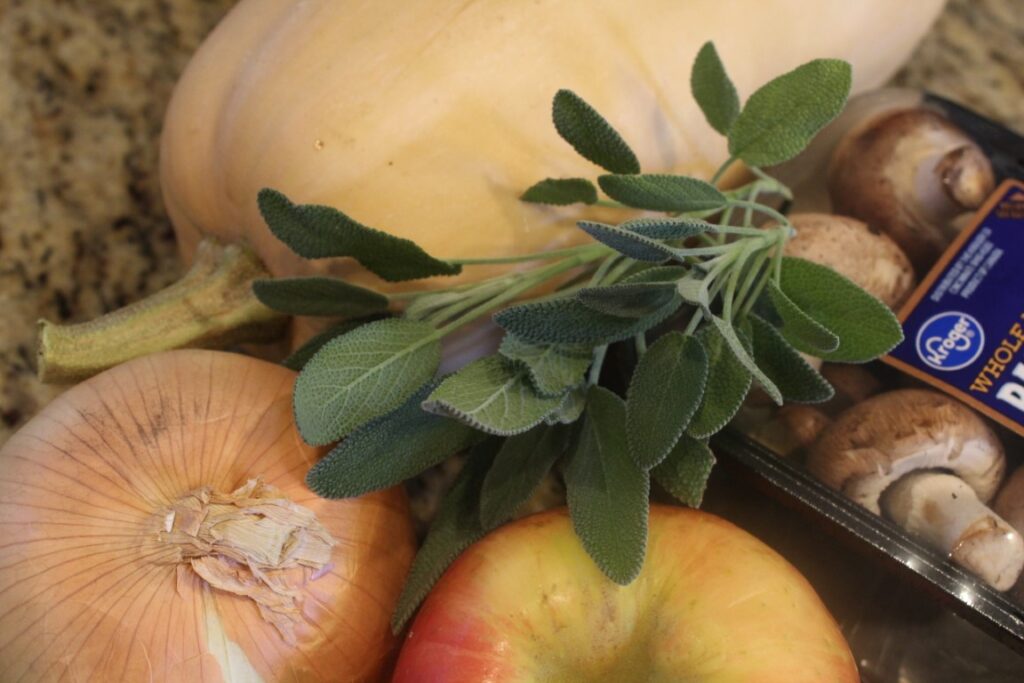
Another disadvantage of buying the same thing every week is that you might miss out on buying seasonal produce especially when it is at is best prices. In spring and summer I buy a lot more berries while in the fall I focus on apples and in winter citrus for our fruit. Buying groceries seasonally in this way not only saves me money but helps me to automatically have seasonal variety in my meal plans.
How to Make a Grocery List with Priorities
- Add staple items that you are running out of to the list. (Hopefully these items are few since you already stocked up when you found the items at a good price.)
- Look in your refrigerator and pantry to see what perishable foods you have that need to be used before they go bad. Meal plan using these ingredients first.
- Look at advertisements to see what items are on sale this week. Add items to your list that you normally buy that are on sale. Buy extra of any non perishables so you can get them at a cheaper price. If it is a really good sale stock up!
- Make a meal plan with the ingredients mentioned previously, and maybe add a couple other meals if you need to make it through the week. Add any additional ingredients that aren’t on sale and you may not have stocked in your pantry.
- Remember while shopping to leave room for unexpected deals. While doing this don’t buy more than you can use before the food goes bad. You may need to think on your toes. By deciding against a meal on your original plan in favor of making a meal using ingredients you unexpectedly found on sale.
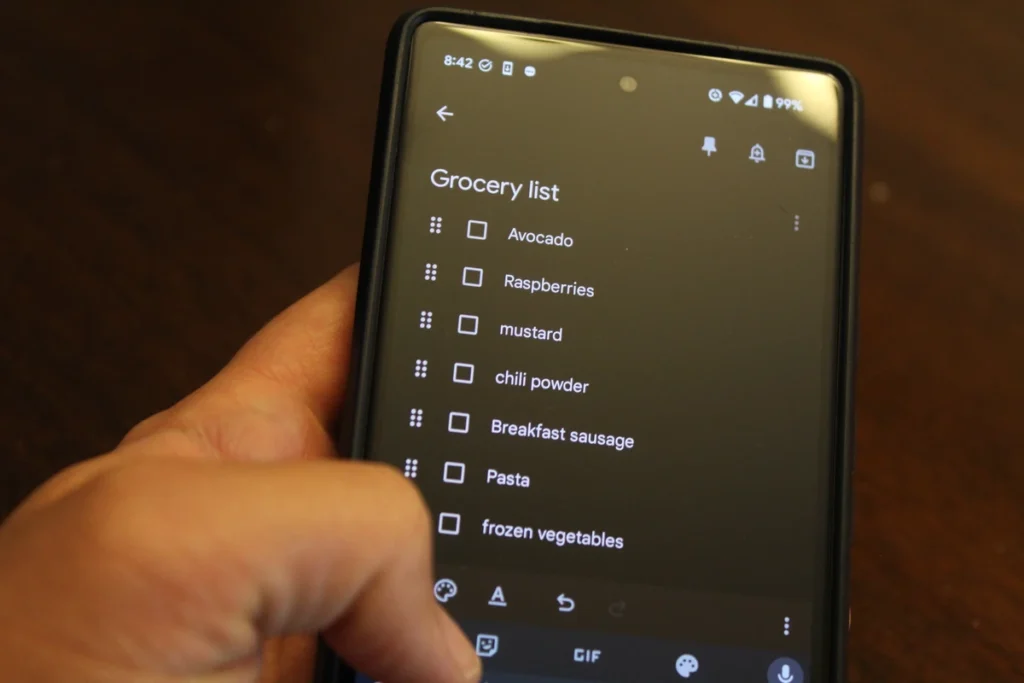
By following these steps you may be able to see an immediate change in your grocery bill. It also may take time to see a change. Before you see a significant change, you might first need to stock up on pantry staples. As well as learn what good deals on these items look like.
Once you have a good stock of pantry staples and are comfortable following these steps, you may find yourself able to go grocery shopping with very little planned for the week and come out spending under $100 with more food than you know what to do with.
It is possible to calculate a lower budget on groceries while still prioritizing the things you find most important in your kitchen.